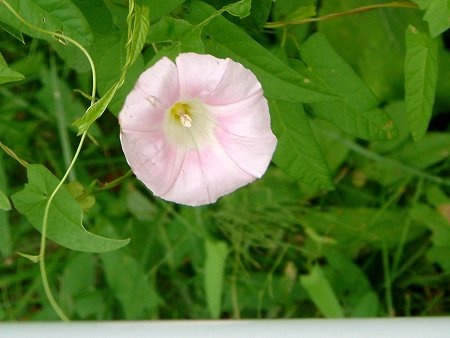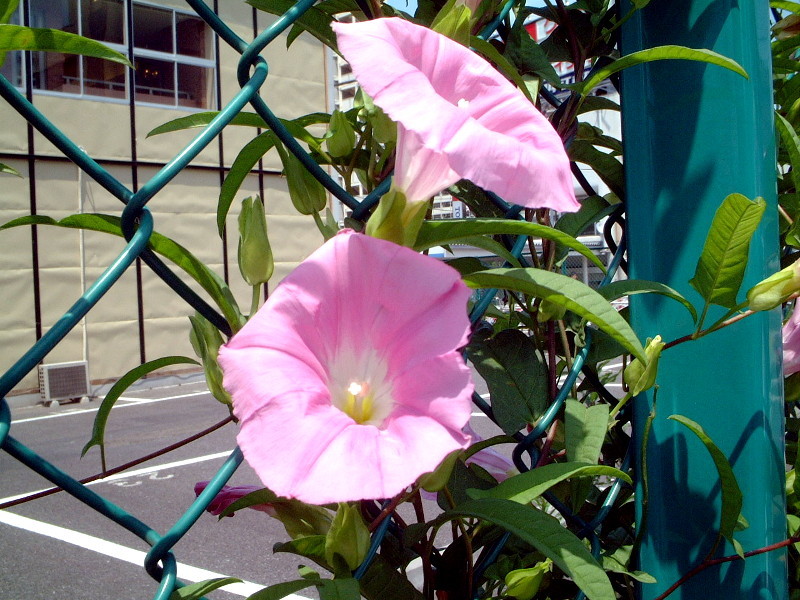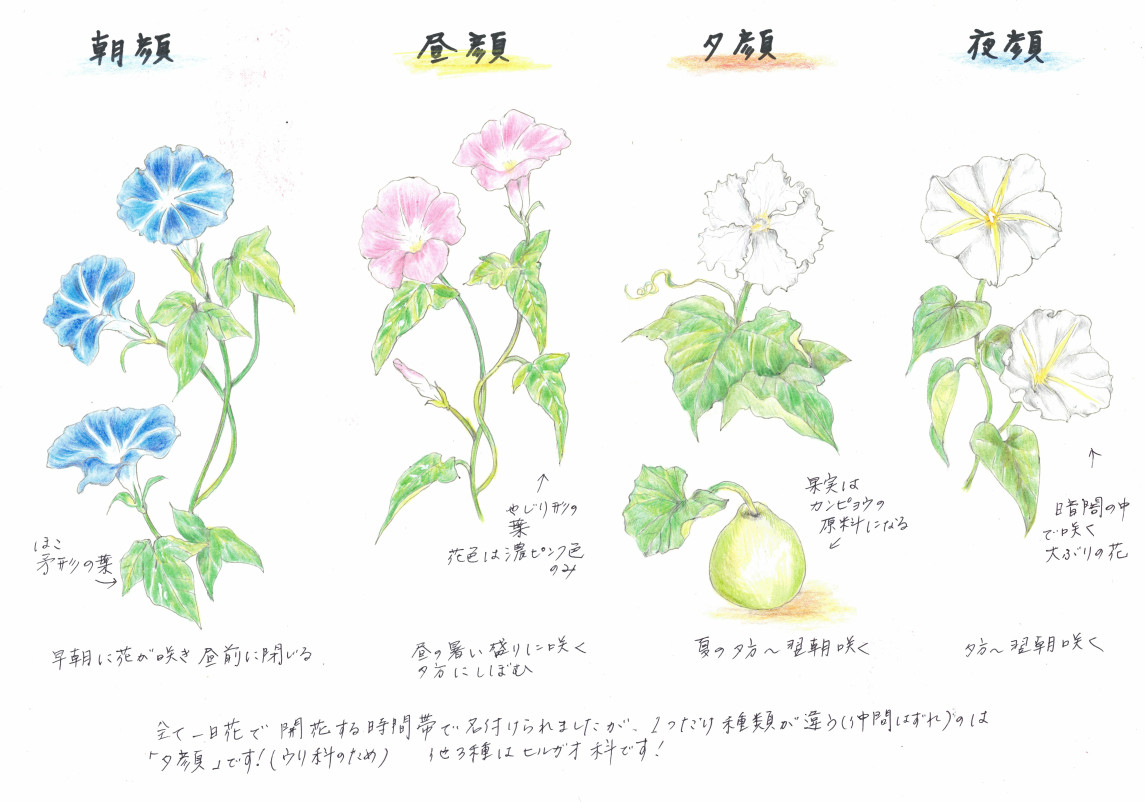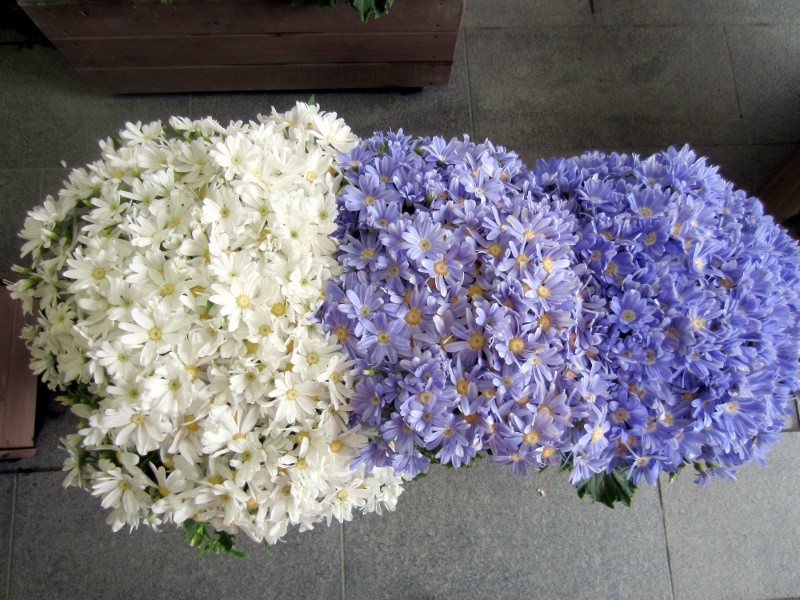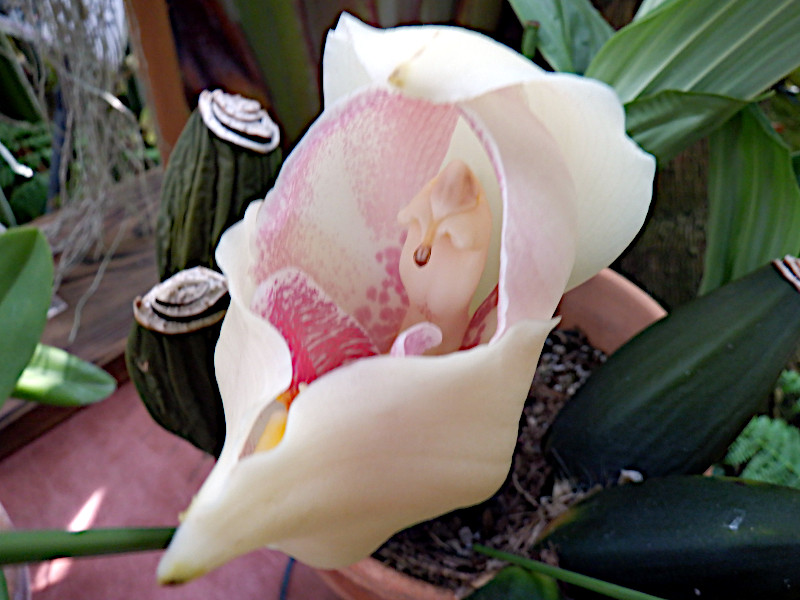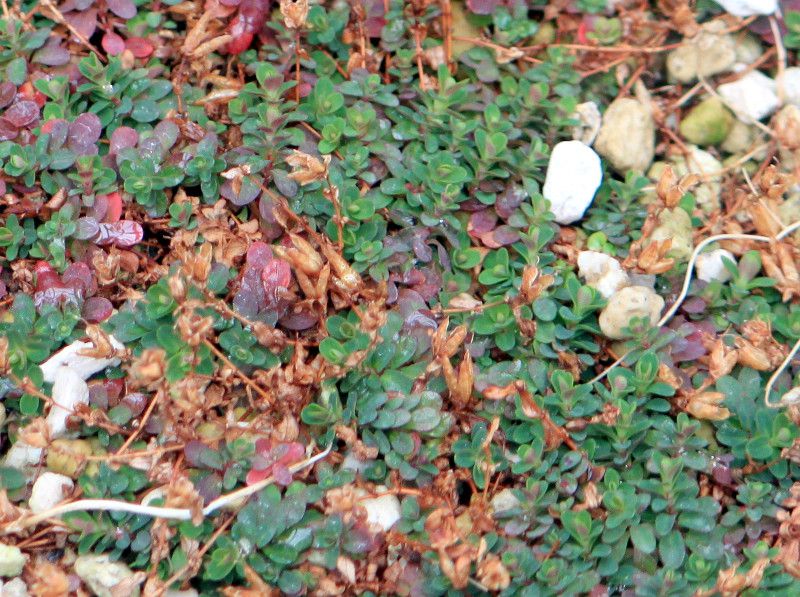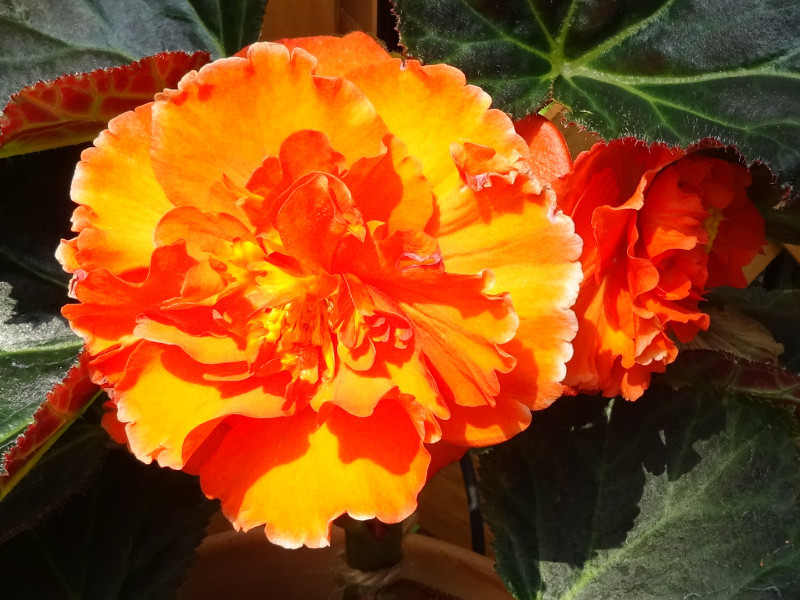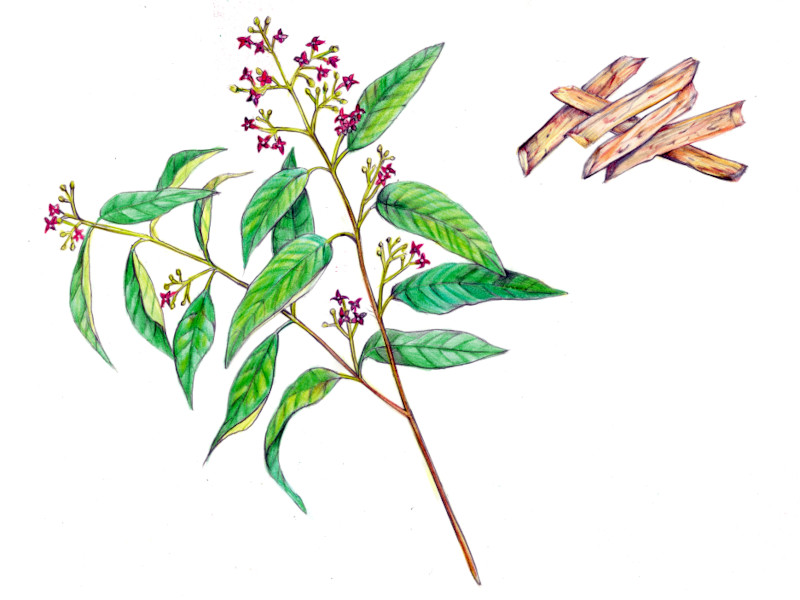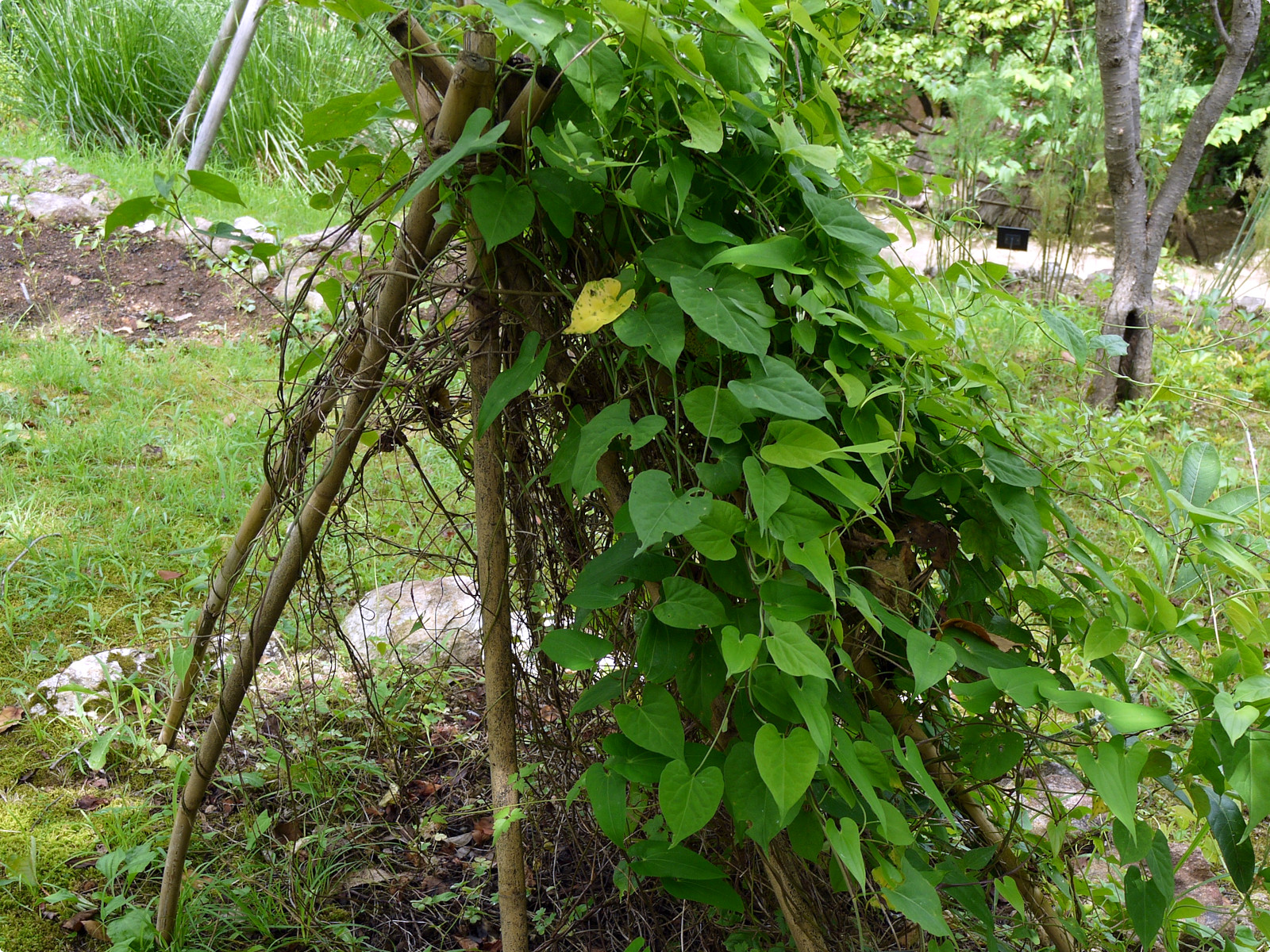Calystegia japonica
- Flower nameCalystegia japonica
- Scientific nameCalystegia japonica
- Aliasコシカ, 昼顔, 鼓子花, Japanese bindweed, hirugao, day glory
- Place of originJapan, Korea and Southeast Asia
- Place of floweringFields and footpaths
- Flowering seasonJune, July, August
- Language of flowersbonds
What is Calystegia japonica
Calystegia japonica or Day glory (scientific name: Calystegia japonica) is a wildflower, a perennial vine of the family Convolvulaceae, native to Japan, Korea, and Southeast Asia. In English, it is called day glory, false bindweed, or Japanese bindweed. It is found throughout Japan, twining itself around roadsides and fences.
Characteristics of day glory
It produces funnel-shaped, dark pink flowers similar to those of the morning glory (scientific name: Ipomoea nil), but belongs to a different genus. The plant grows to a height of 20 to 70 cm. It has distinctive arrowhead-shaped leaves 5 to 10 cm long, which grow in alternate clusters on the stem. 3 to 10 cm long, 5 to 6 cm in diameter, pink flowers with a funnel-shaped tip and 5 shallow lobes are produced on a half vine from June to August. There are five stamens and one pistil. The flowers are followed by a spherical capsule.
Common name: Calystegia japonica, scientific name: Calystegia japonica, also known as day glory, false bindweed, Japanese bindweed, place of origin: Japan, Korea, Southeast Asia, plant height : 20 to 70 cm, leaf length: 5-10 cm long, Leaf shape: pinnate, Alternate inflorescence, Flowering season: June-August, Corolla: funnel-shaped with 5 shallow lobes at the tip, Flower color: pink, Stamens: 3-10 cm long, Diameter: 5-6 cm, Number of flowers: 5, Stamens: 5, Number of pistils: 5, Number of stamens: 5, Number of pistils: 1, Fruit: capsule spherical.
